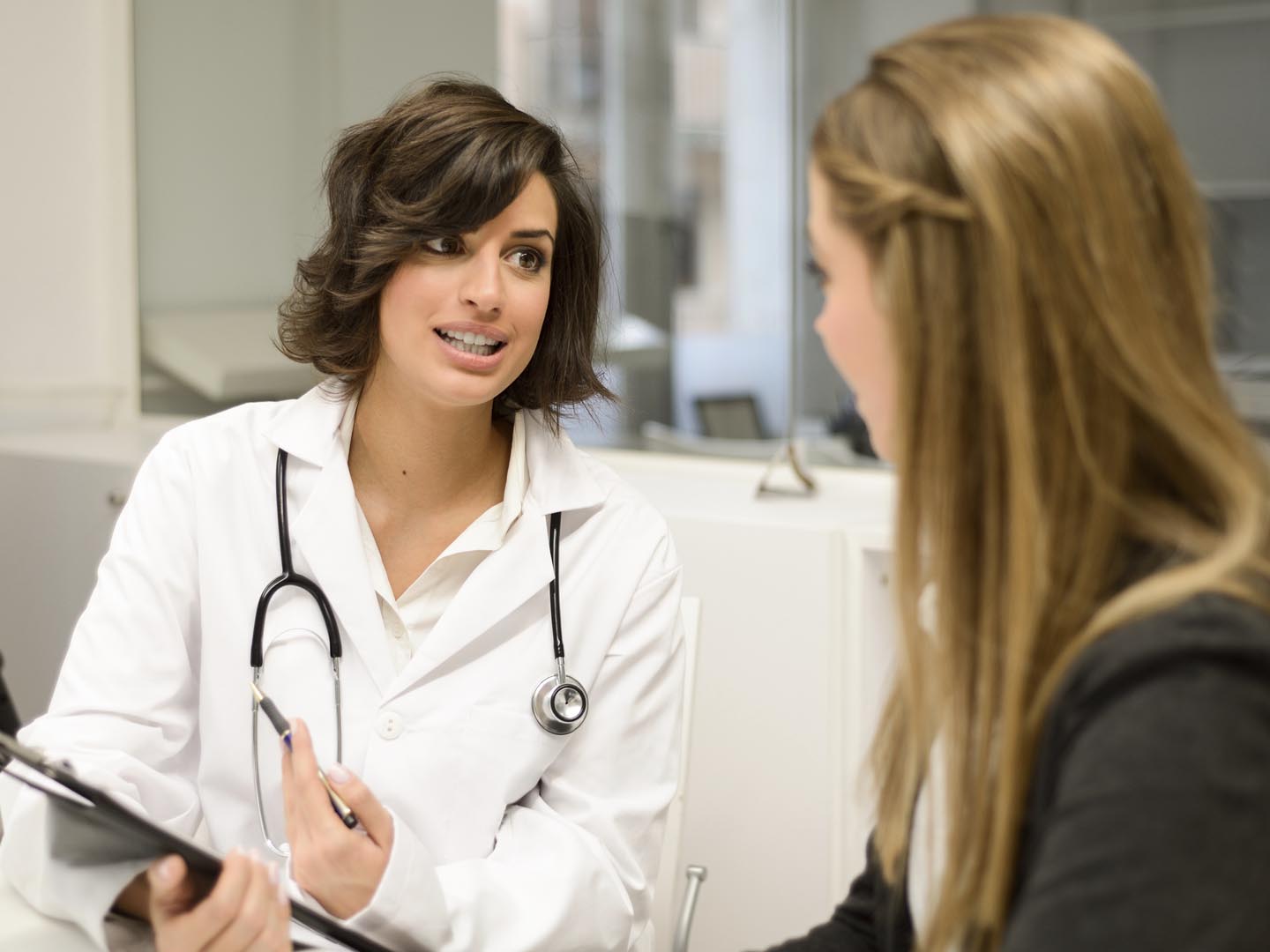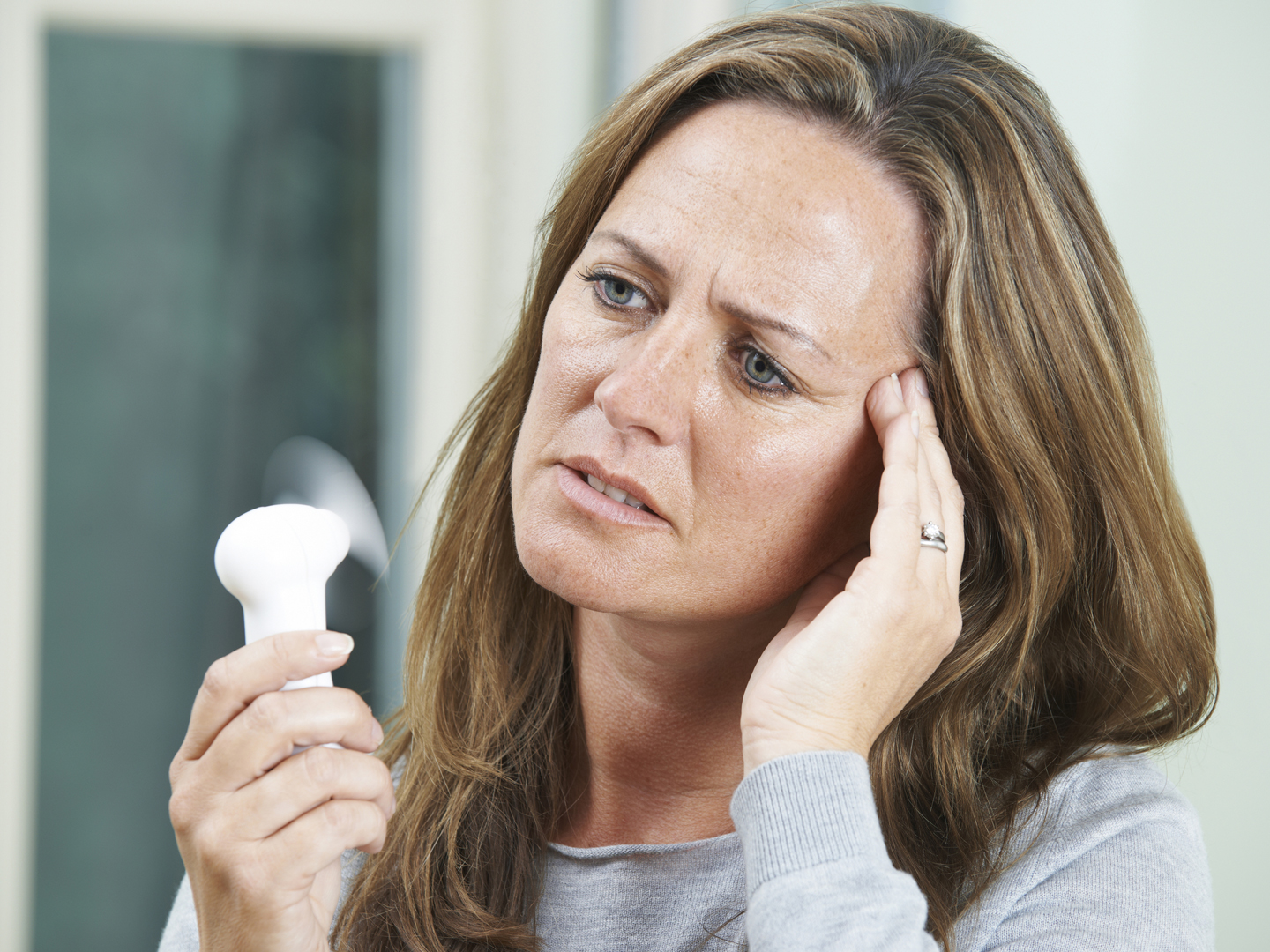Endometriosis

What is endometriosis?
Endometriosis is a non-cancerous condition in which tissue that normally lines a woman’s uterus appears elsewhere in the body, particularly on the fallopian tubes, ovaries, rectum, bladder, and other pelvic tissues.
What are the symptoms of endometriosis?
Endometriosis can range from mild to severe, and some women with the condition don’t experience any symptoms. When symptoms do occur, they can include:
- Painful periods
- Lower abdominal pain, either during menstruation or at any time
- Lower back pain
- Pain with bowel movements
- Menstrual irregularities, including spotting and heavy bleeding during periods.
Eventually, this misplaced tissue can cause scarring in the fallopian tubes and ovaries, and a complication of the condition is infertility.
Misplaced endometrial tissue responds to the same hormones produced by the ovaries as does normal endometrial tissue found in the uterus. Consequently, the misplaced tissue may bleed in these remote locations during menstruation and often causes cramps and pain. The actual amount of tissue misplaced doesn’t determine how severe the symptoms are. Some women with a large amount of tissue feel no discomfort, while others with even a small amount of misplaced tissue experience severe pain.
What are the causes of endometriosis?
Endometriosis occurs when uterine tissue (known as endometrium) grows outside the uterus on other pelvic organs. Although the exact cause is still unknown, some researchers believe endometriosis may be triggered by endometrial cells loosened during menstruation “backing up” through the fallopian tubes into the pelvis, a process called retrograde menstruation. Other theories hold that endometriosis involves a faulty immune system, hormones, or genetic factors.
Who is likely to develop endometriosis?
Endometriosis can occur in any menstruating woman but is most common in those who have not had children, have their first child after age 30, and those who have short menstrual cycles (less than 27 days). It occurs less frequently in women who have given birth several times, who use low dose oral birth control, and who exercise regularly.
During pregnancy, endometriosis may go into remission temporarily (and sometimes permanently). Endometriosis tends to resolve itself after menopause because hormone levels decrease.
How is endometriosis diagnosed?
Physicians diagnose endometriosis by asking the patient about her symptoms and performing a pelvic exam. In addition, they may conduct other tests, such as:
- Blood tests, which can detect a certain protein produced by women with endometriosis
- Laparoscopy, a minor surgical procedure in which a doctor inserts a thin viewing tube through the abdomen to view the pelvic organs
- Ultrasound, which uses sound waves to produce images of the pelvis.
What is the conventional treatment?
Conventional treatment of endometriosis depends on the severity of symptoms, a woman’s age, and her desire to have children. Treatments include:
- Pain management. Over-the-counter non-steroidal anti-inflammatories such as ibuprofen may help ease menstrual cramps.
- Oral contraceptives. These drugs help control levels of hormones linked to endometriosis and can make periods shorter and lighter.
- Antigonadotropen drugs. These drugs block the production of ovarian-stimulating hormones, which lowers estrogen levels and shrinks abnormal tissue. However, they can also create an artificial menopause and may cause side effects like hot flashes.
- Surgery. Laparoscopic surgery can remove abnormal tissue without removing a woman’s reproductive organs, but the tissue frequently grows back and may require repeated procedures.
- Hysterectomy. In severe cases, doctors may recommend hysterectomy (surgical removal of the uterus). Sometimes the ovaries are also removed. This is effective but drastic, and only recommended as a last resort for women who do not wish to become pregnant.
What therapies does Dr. Weil recommend for endometriosis?
Dr. Weil recommends the following approaches for treating endometriosis:
- Eat an anti-inflammatory diet.
- Eliminate dairy foods entirely for three weeks. Read labels carefully and avoid all foods containing whey, casein, and cow’s milk or milk protein, because of the estrogenic hormones they may contain, (naturally occurring as well as artificial).
- Eat only hormone-free meat to avoid any additional estrogen exposure.
- Avoid soy foods if you have not been eating them regularly; they are mildly estrogenic.
- Avoid alcohol (it affects how estrogen is metabolized in the body).
- Choose organic foods whenever possible.
- Experiment with traditional Chinese medicine.
- Take omega-3 fatty acid supplements. Start with one gram a day and increase the dose gradually – by one gram a week – to three to four grams daily.
- Try the herb dong quai (Angelica sinensis), three to four grams daily, for its anti-inflammatory and anti-spasmodic effects. (Women with very heavy periods should avoid dong quai since it can make menstrual bleeding worse.)
- Try whole licorice extracts, which can be helpful for inflammatory disorders; experiment with peony (Paeonia officinalis), which can help relieve menstrual cramps.
- Guided imagery or hypnosis can also be of great value.
- Drink a cup or two of red raspberry leaf tea daily to relieve cramps.
- Take 500 mg of supplemental calcium and 250 mg of magnesium daily.
- Try chaste tree herb (Vitex), a general tonic for the female reproductive system. Use 240 mg a day of an encapsulated extract standardized to 0.6 percent aucubine. (Women on birth control pills or taking other hormonal drugs shouldn’t use chaste tree.)











